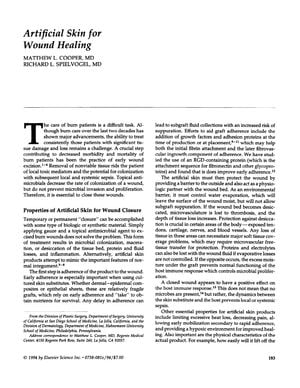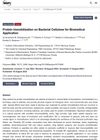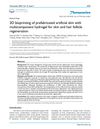Artificial Skin for Wound Healing
January 1994
in “
Clinics in Dermatology
”

TLDR Artificial skin is improving wound healing and shows potential for treating different types of wounds.
In 1994, advancements in artificial skin for wound healing were promising, with various products and methods under investigation. Early wound excision was crucial for reducing morbidity and mortality in burn patients, and artificial skin needed to adhere early, act as a barrier, and enhance the host immune response. Temporary synthetic and biosynthetic products like Biobrane were cost-effective, while permanent biosynthetic dermis like Integra improved cosmetic and functional outcomes. Cultured epithelial autografts had success rates of 30-80% in burn patients and 68% in reconstructive surgery, despite issues like blistering and contraction. Allografts offered immediate availability but faced immunologic rejection. Composite skin substitutes showed better integration in trials. Dermagraft, with human fibroblasts in a biodegradable mesh, was promising. The document concluded that while the perfect artificial skin was not yet achieved, these developments were improving wound healing and had potential for treating various wounds.




